Computer History: Brief history of formation and development
Unlike computer equipment that is easy to use, fast and serve many jobs today. The first generations of computers were born with a completely different use. Let us take a brief look at the history of the computer.
Wikipedia Definition of a computer : A computer or a computer is a machine that can be instructed to perform sequences of arithmetic or logic automatically through computer programming. Modern computers have the ability to obey general sets of commands, called programs . These programs allow the computer to perform a variety of tasks. A "complete" computer consisting of the hardware , operating system (main software) and peripherals required and used for "complete" operation may be called a computer system. So, mobile phone , tablet device , . is also a kind of computer.
In 1801, in the 19th century, inventor Joseph Marie Jacquard in France invented an automatic wood loom with a mechanism using perforated wood tags. This mechanism was the foundation for the first computer model.
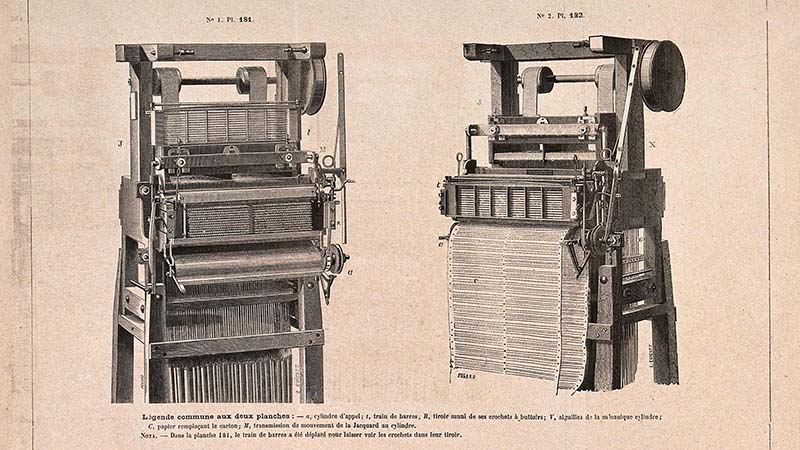
In 1822, the English mathematician Charles Babbage proposed a project for a computing device powered by steam. His idea was implemented under the sponsorship of the British government but then failed.
In 1890, American engineer Herman Hollerith designed the card system capable of calculating census in 1880 that seemed to take 7 years if calculated by hand. The seven-year time and effort savings saved the US government $ 5 million. Herman Hollerith then founded the predecessor company of IBM.
In 1936 , Alan Turing, an English mathematician, came up with a universal machine, later called the Turing machine, capable of calculating anything that could be calculated. Alan Turing's idea is the foundation for today's modern computer.

In 1937, JV Atanasoff, an American professor of engineering and mathematics at Iowa State University, tried to build computers that did not require belts, gears and spindles.
In 1939, Hewlett-Packard or HP was founded by David Packard and Bill Hewlett in a garage in Palo Alto, California.
In 1941, Antanasoff, who tried to create a computer without a gear, belt and spindle, together with his student, Clifford Berry, created a computer that could solve 29 equations continuously. This is also the first time that a computer has been able to store data in memory.
In 1943-1944, two professors from the University of Pennsylvania in the US, John Mauchly and J. Presper Eckert, collaborated to create the device for the integration and computation of electronic arithmetic, or ENIAC (Electronic Numerical Integrator) and Calculator). This is considered the first electronic computer and the ancestor of modern computers. This massive machine occupies a 6x12m room and requires 18,000 vacuum tubes.
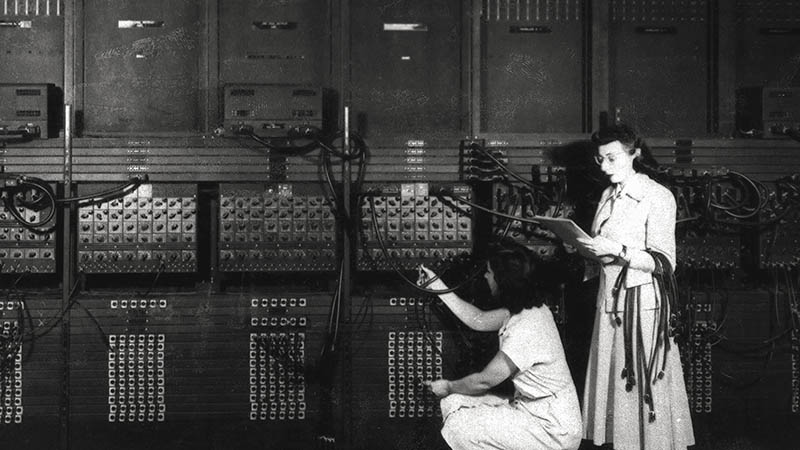
In 1946, professors John Mauchly and J. Presper Eckert left the University of Pennsylvania and received investment from the US Census Bureau to create UNIVAC, the first commercial computer for commercial purposes and public processing. government work.
In 1947, William Shockley, John Bardeen and Walter Brattain of the Bell Laboratory invented the transistors. They have found a way to turn off the power supply with hard materials without using vacuum method.
In 1953, Grace Hopper created the world's first programming language, later known as COBOL. In the same year, Thomas Johnson Watson Jr., son of Thomas Johnson Watson Sr, general manager at IBM at the time, invented the IBM 701 EDPM computer for the United Nations to monitor the Korean War.
In 1954, the FORTRAN programming language. The name is compounded from Formula Translator meaning formula compiler, was developed by IBM under the guidance of John Backus.
In 1958, Jack Kilby and Robert Noyce launched integrated circuits, also known as computer processor chips. Jack Kilby was awarded the Nobel Prize in Physics in 2000 for his achievements.
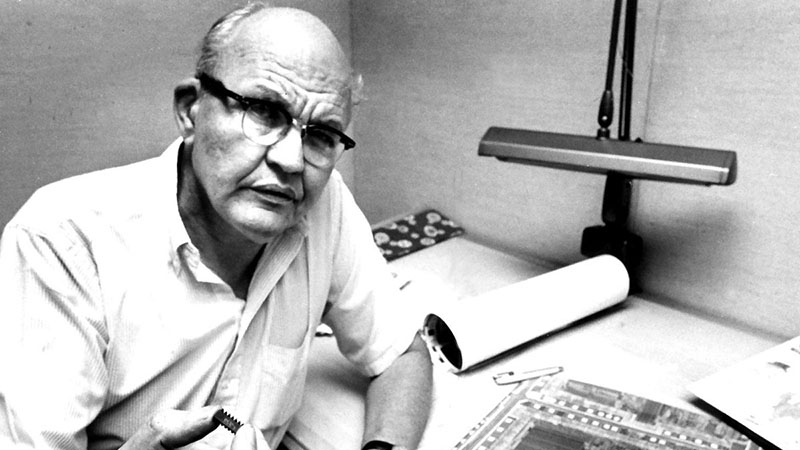
In 1964, Douglas Engelbart released a demo version of a modern computer, with a mouse and a graphical user interface. This landmark computer invention was now suitable for the masses instead of just for experts, scientists or mathematicians as before.
In 1969, a team of developers at Bell Labs wrote UNIX, an operating system that solves compatibility problems. Programmed in C language and cross-platform compatible. Because of this compatibility, UNIX has become the operating system of choice in many large companies and government organizations. However, due to the slow processing, UNIX does not appeal to home PC users.
In 1970, the company Intel, which was founded two years ago, announced the Intel 1103, the first dynamic random processing memory (DRAM).
In 1971, Alan Shugart led a team of engineers at IBM, invented the floppy disk, allowing sharing of data between computers.
In 1973, Robert Metcalfe, research staff at Xerox, created the Ethernet standard for connecting multiple computers and hardware together.
In 1974-1977, companies began to introduce personal computers to the market, prominent models include: Scelbi & Mark-8 Altair, IBM 5100, Radio Shack TRS-80 (Trash 80) and PEToreore.
In 1975, Popular Electronics Magazine in January issue introduced the Altair 8080 under the moniker "the world's first mini computer". Two "computer nerds", Paul Allen and Bill Gates, offered to write software for Altair in the BASIC programming language. On April 4, with the founding Paul Allen and Bill Gates founded software company Microsoft.
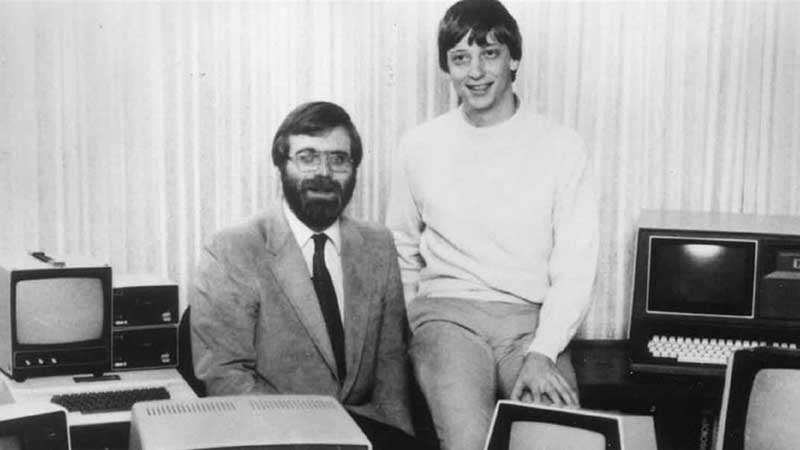
Paul Allen (left) and Bill Gates (right) - two founders of Microsoft
In 1976, Steve Jobs and Steve Wozniak started Apple Computers on April 1 and released the Apple I computer, the first computer running on a single motherboard.
In 1977, Radio Shack produced 3,000 TRS-80 computers for the first batch and sold as expensive as hot cakes. TRS-80 is a product aimed at amateurs. For the first time, this set of customers can adjust the software to serve the computer's needs.
In 1977, Steve Jobs and Steve Wozniak founded Apple and introduced the Apple II computer at the first West Coast computer show. Apple II brings color graphics experience and integrated cassette socket.
In 1978, VisiCalc, the first spreadsheet program for computers, appeared.
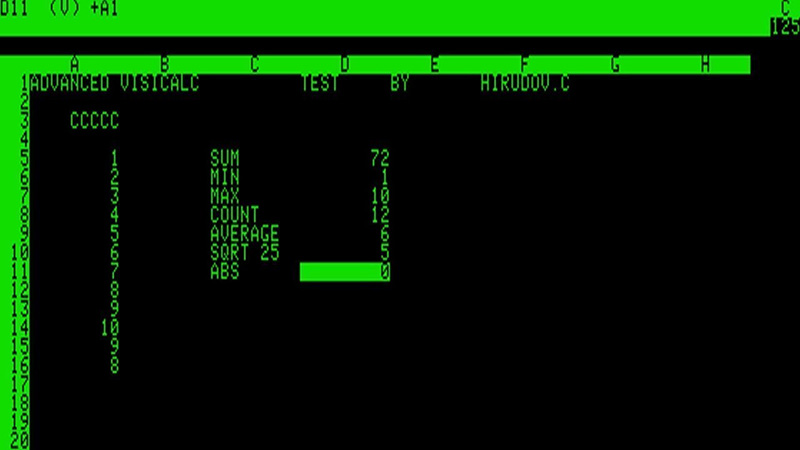
VisaCalc software interface
In 1979, word processing became a reality when MicroPro International released WordStar. "The most noticeable change is the software that can align and frame the text," said author Rob Barnaby in an email to Mike Petrie in 2000. "Added features are removing command mode and adding print function".
In 1981, the first IBM Personal Computer, codenamed "Acorn," was introduced. Uses Microsoft's MS-DOS operating system. On the Intel chip, you can install two floppy disks and an optional color display. Sears & Roebuck and Computerland were machine sellers, marking the first time computers were available for sale through distributors. The term PC is popular from here.
In 1983, the Apple Lisa Computer was the first personal computer with a GUI (graphical user interface), with a drop-down menu feature and icons. The product failed, but was the cornerstone of the later Macintosh. The Gavilan SC computer was the first device with a flip-out design, the first device to be advertised under the name " Laptop ".
In 1985, Microsoft released Windows. As a response to Apple's graphical user interface (GUI). Commodore then released the Amiga 1000 with support for high-end audio output and video processing.
In 1985, the first .com domain name was registered on March 15, before the advent of the World Wide Web or www- the beginning of the internet era for years. The Symbolics Computer Company, a computer manufacturer, registered the first domain name of Symbolics.com. Two years later, only 100 .com domains were registered.
In 1986, Compaq brought the Deskpro 386 to the market. 32-bit architecture, provides processing power equivalent to large computers.
In 1990, Tim Berners-Lee, a researcher at CERN, the high-energy physics research center in Geneva, launched the HyperText Markup Language or HTML, a boost for the World Wide Web.
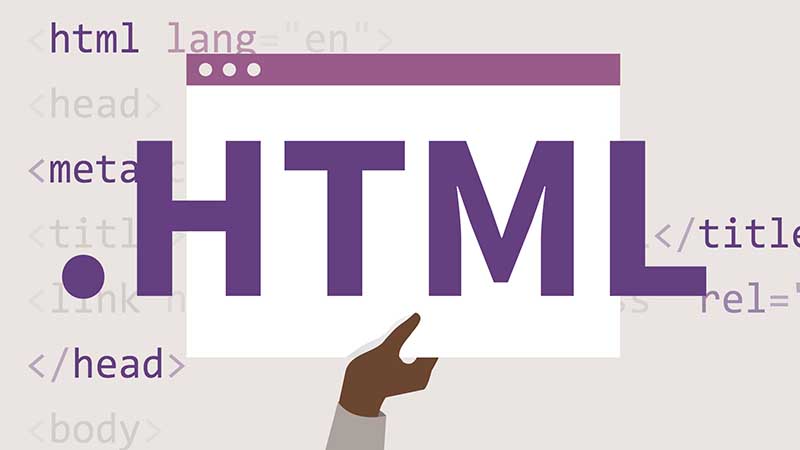
In 1993, Pentinum microprocessor debuted with enhanced graphics and sound processing on PC.
In 1994, the computer became a gaming device thanks to titles like "Command & Conquer," "Alone in the Dark 2," "Theme Park," "Magic Carpet," "Descent" and "Little Big Adventure". eye and market fever.
In 1996, Segrey Bin and Larry Page developed the Google search engine at Stanford University, USA.
In 1997, Microsoft invested $ 150 million in Apple . Apple was in a serious crisis, and the investment ended Apple's lawsuit against Microsoft claiming that Microsoft copied the "look and feel" of Apple's operating system.
In 1999, Wi-Fi became part of the computer language and users started using Wi-Fi to connect to the Internet wirelessly.
In 2001, Apple introduced Mac OS X, its operating system with a closed-source architecture and prioritized multitasking among other beneficial features. Not to be outdone, Microsoft released Windows XP, a version of the operating system with a drastically redesigned user interface.
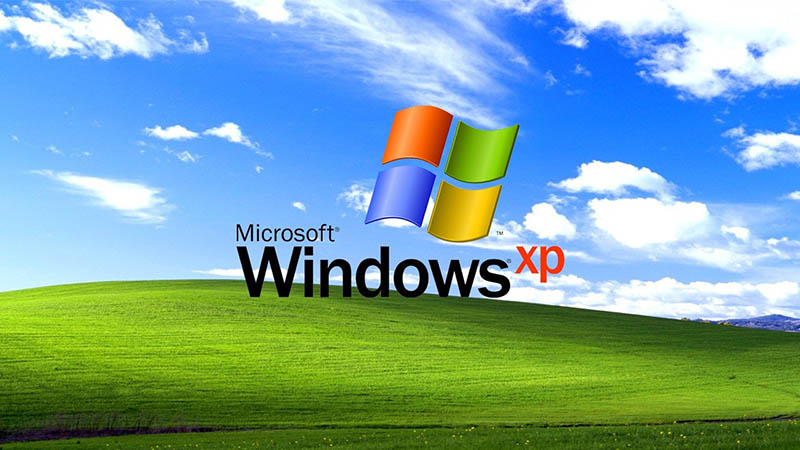
In 2003, the first 64-bit microprocessor - AMD Athlon 64, was released to the market.
In 2004, Mozilla's Firefox 1.0 appeared, threatening Internet Explorer of Microsoft, the popular browser at that time. Around the same time, Facebook was born.
In 2005, Youtube, the video sharing platform was established. At the same time, Google acquired Android, the Linux kernel operating system for mobile phones.
In 2006, Apple released the MacBook Pro and the iMac, the first version running on Intel chip platforms. Nintendo Wii hits the market.
In 2007, the first iPhone was born with many features of a professional computer in the form of a phone. Shaping the world of smartphones.
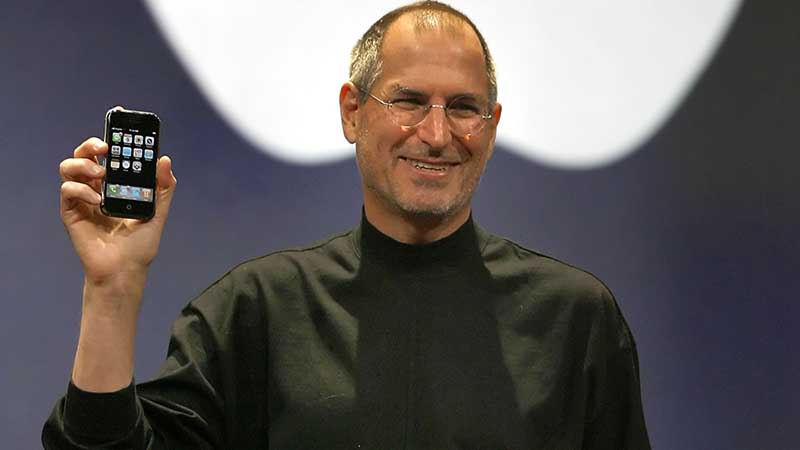
In 2009, Microsoft launched Windows 7, which enabled pin applications to the taskbar and enhanced touch support, handwriting recognition, and other new features.
In 2010, Apple unveiled the iPad , changed the way users consume content and rapidly dominate the tablet market.
In 2011, Google launched Chromebook, a line of laptops running on Chrome OS, developed by Google itself.
In 2012, Facebook hit 1 billion users on October 4.
In 2015, Apple released the Apple Watch . Microsoft released Windows 10 .
In 2016, the first programmable and reprogrammable quantum computer was created. Previously no quantum computing platform was able to program a new algorithm into its own system.
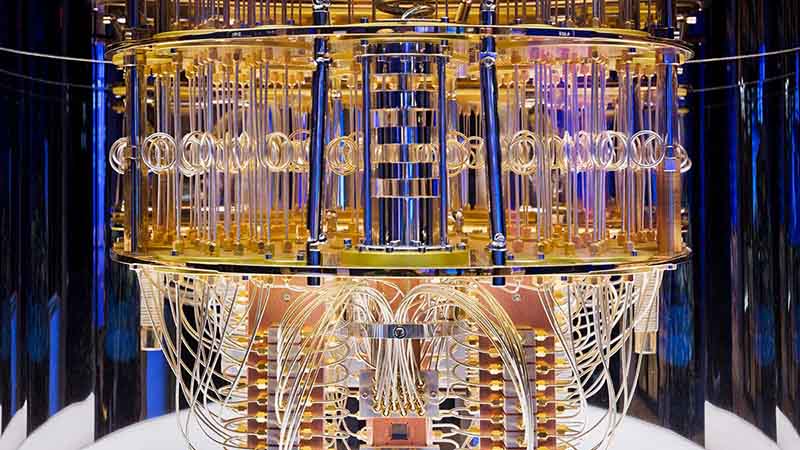
In 2017, the DARPA agency, which is developing a new "Molecular Informatics" program, uses molecules as computers. "Chemistry contains exploitable properties for fast and extensive information storage and processing," says Anne Fischer, program manager at DARPA's scientific security department, adding. Element exists, each molecule has its own 3-dimensional spatial structure with distinct shapes, sizes and colors.The abundance in structure provides vast space for exploration, decoding and processing. data outside the 0 and 1 ranges of a normal computer.
Computers have grown dramatically from oversized devices into mobile devices attached to everyday life. Let's wait and see in the future how computers will develop!
You should read it
- See the wonderful images of the world's first computer layout
- The 'Nobel technology' award is awarded to AI-teaching software as human
- The secret is hidden inside the line of binary code on the 50-pound sheet printed with Alan Turing
- The origin of CAPTCHA and reCAPTCHA
- 26 important days in computing history
- How to view computer usage history
- History of computer mouse over time
- How to Delete History on Your Computer
May be interested
- Microsoft silently rolled out a patch that fixes strange drive errors on Windows 10
 earlier this past january, there were many reports from a series of windows 10 users around the world that this operating system contained a strange error, in which the system displayed a message that the drive was damaged and the person users should reboot the system if you want to continue working.
earlier this past january, there were many reports from a series of windows 10 users around the world that this operating system contained a strange error, in which the system displayed a message that the drive was damaged and the person users should reboot the system if you want to continue working. - Microsoft removed the most 'useless' folder on Windows 10 from File Explorer
 microsoft has finally officially stopped treating 3d objects - one of the least used folders - as a special folder in file explorer.
microsoft has finally officially stopped treating 3d objects - one of the least used folders - as a special folder in file explorer. - Windows Terminal adds a tool to edit hidden graphics settings
 windows terminal is an open source application developed by microsoft that allows you to open multiple console tabs in the same windows. each of these dashboard tabs can be used for different shells.
windows terminal is an open source application developed by microsoft that allows you to open multiple console tabs in the same windows. each of these dashboard tabs can be used for different shells. - iOS 14.5 helps users hide IP from Google scrutiny
 apple's new ios update is a way to help users hide their ip and avoid being tracked by google, apple's upcoming ios 14.5 update will have a new feature that prevents users from being tracked by google. .
apple's new ios update is a way to help users hide their ip and avoid being tracked by google, apple's upcoming ios 14.5 update will have a new feature that prevents users from being tracked by google. . - Paypal is 'indifferent' to cryptocurrencies
 after electric car maker tesla announced it would invest $ 1.5 billion in bitcoin, paypal became the latest company to declare no investment in the cryptocurrency market.
after electric car maker tesla announced it would invest $ 1.5 billion in bitcoin, paypal became the latest company to declare no investment in the cryptocurrency market. - Difference between Windows and Linux - The battle is fierce
 do you know what is the difference between windows and linux? compare windows and linux, which operating system is more classy, worth using ..
do you know what is the difference between windows and linux? compare windows and linux, which operating system is more classy, worth using ..




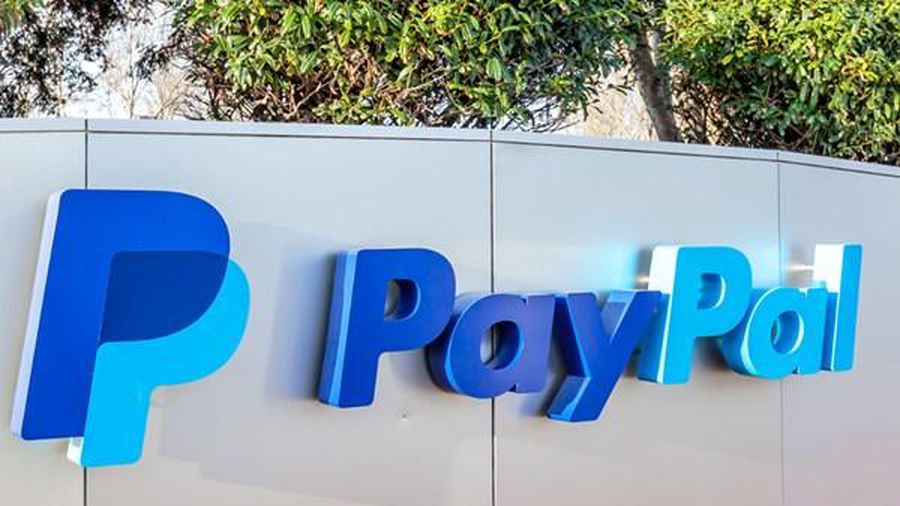

 20 The most important website in the history of Internet development (part 1)
20 The most important website in the history of Internet development (part 1) History of computers: Overview of the formation and development of computers
History of computers: Overview of the formation and development of computers History of Earth formation and 25 milestones (Part I)
History of Earth formation and 25 milestones (Part I) How has the Internet evolved?
How has the Internet evolved? History of computer development
History of computer development